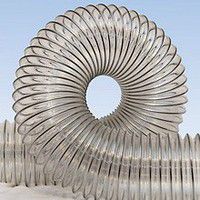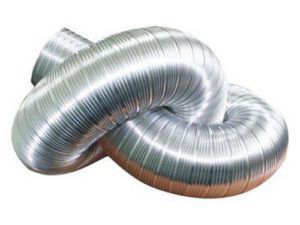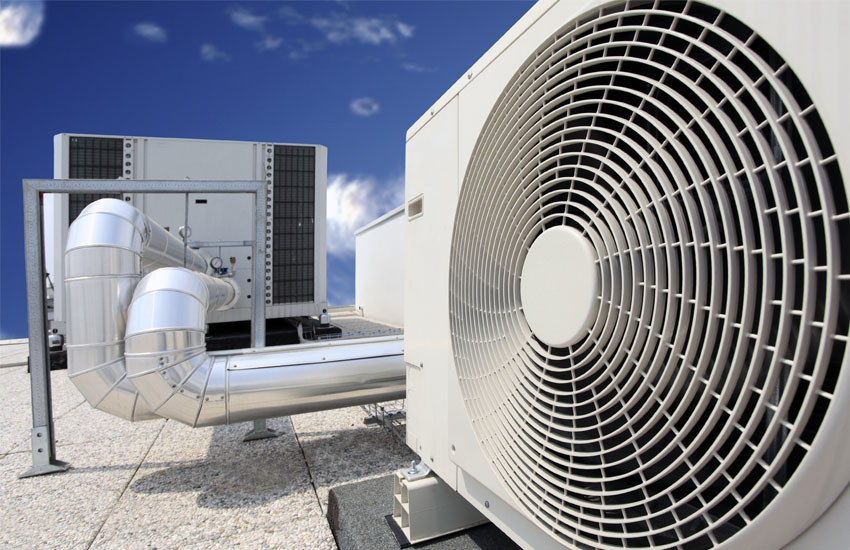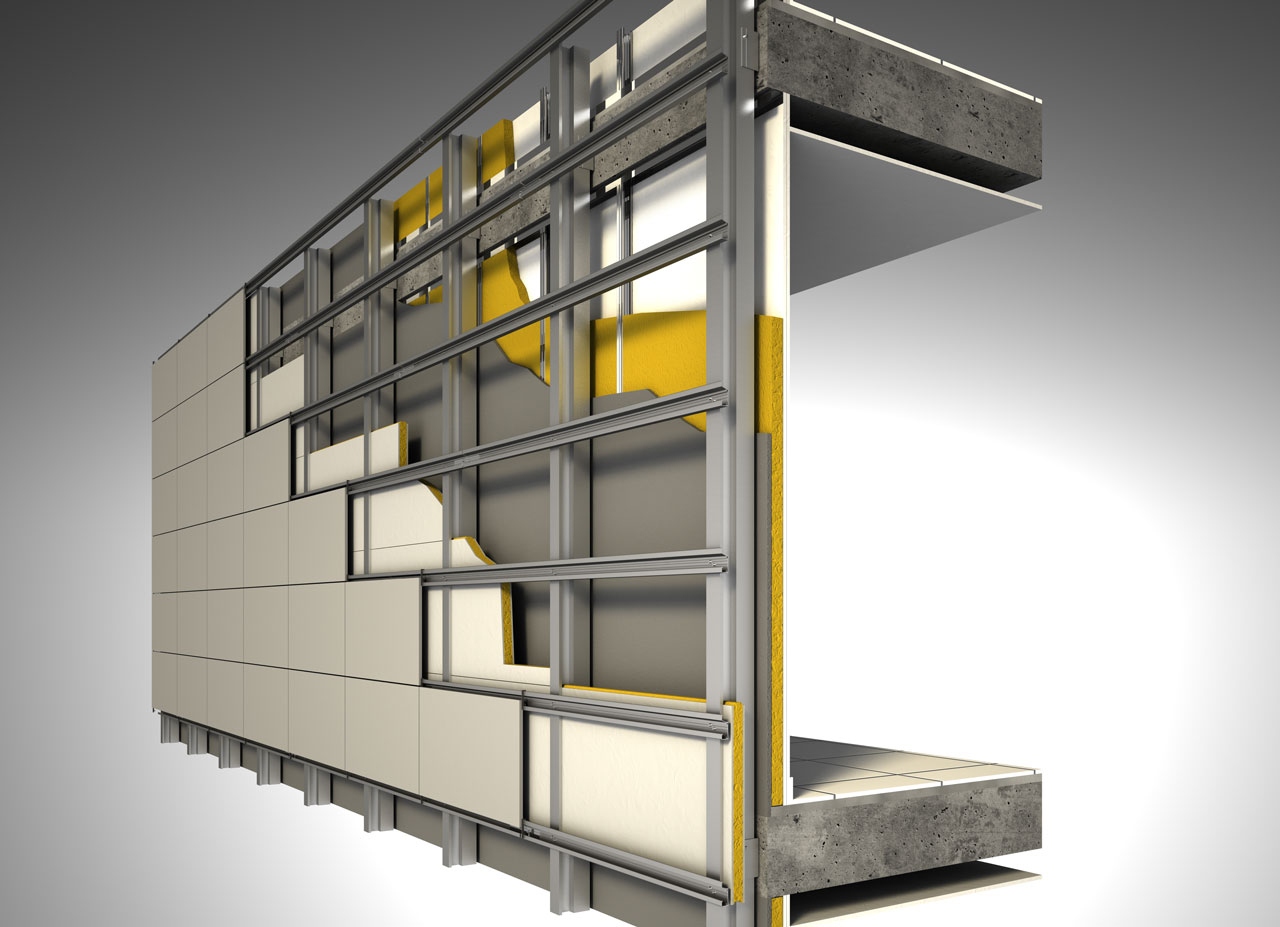Now in production and in everyday life, it is difficult to imagine the absence of a hood. It should be wherever there is a need for it. Its essence boils down to providing people with fresh clean air. Waste, filled with steam or smoke - take out.
Application and materials
Sleeves can be either rigid or flexible. They are used in different places - the first in factories, the second in production and in everyday life.
Flexible air ducts are used quite often in metallurgy, woodworking, chemical industry, automotive industry. They remove gases, steam, smoke from the premises. Can remove or supply cold and hot air.
Air ducts are most often made of such materials: PVC, fiberglass, vinyl urethane and others. Sleeves made of these materials are available in standard lengths, diameters and colors. Sold in cardboard boxes in a compressed state. They are also made to order, with individual parameters. The set may include nipples, clamps, clamps.
Installation of flexible ventilation hoses
Compliance with some rules during installation:
- before fixing, the inner part should be stretched to eliminate bends, the excess is cut off;
- there is no need to leave a margin of length in order to make a subsequent alteration or repair;
- when entering the wall, adapters must be used to avoid various deformations;
- choose suspension brackets wide enough to guarantee the integrity of the shell.
Cutting rules:
- the chimney is leveled and the required length is measured;
- mark out with a soft marker;
- cut directly along the turn with a special tool or a sharp knife;
- the dart is nibbled with side cutters or nippers.
- are made using a coupling (nipple), aluminum self-adhesive tape or mastic;
- a nylon or metal tie is used for fixing;
- the air duct should go 50 mm or more onto the branch pipe;
- before the connection process, you need to make sure that the selected mastic and the duct are compatible;
- when putting the hood into operation, make sure that all connections are tight.
Anchor points:
- if there is a need to install vertically, then the distance between the attachment points should be 1-1.8 m;
- when turning, the bending radius must be greater than the diameter of the duct;
- depending on the type, the length between the fixing points can be 1-3 m;
- the sagging of the chimney must not exceed 50 mm / m.
Features of use
To connect two sleeves together when cornering, and to achieve tension between them, you need to use metal elbows, in which the angle of rotation is regulated. Semi-rigid connectors can be used if required. Great care must be taken when connecting rigid and flexible ducts, as well as with different diameters.
Restriction in operation
The flexible ventilation sleeve is widely used today. But still, there are cases when their use is considered inappropriate:
- the air passing through them will have a temperature higher than indicated on the instructions;
- when the degree of their heat resistance is not taken into account;
- when exposed to direct sunlight and other influences of the atmosphere, if they are operated in the open air, and do not have special protection;
- when installed in vertical risers, to a height exceeding more than two floors;
- in contact with abrasive materials or aggressive media.
Masking ventilation ducts
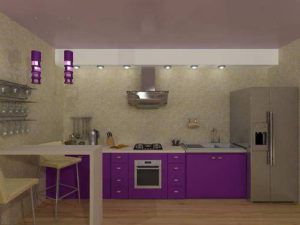
To hide the duct, you can use the following techniques:
- Buy a built-in hood, it will be closed by hanging cabinets.
- Decoration - paint to match the color of the furniture, can be pasted over with wallpaper.
- If the ceiling is suspended, the exhaust duct must be hidden in it.
- Alternatively, they purchase a decorative plastic box, the size of which must correspond to the size of the duct. In it, if desired, you can mount spot lighting. This will be a great solution.
When purchasing a cooker hood, you must also purchase a suitable duct. It can even be sold as a kit. In this case, they will be made in the same color, and should be organically combined with each other. You can buy individual components of ventilation, but you should be vigilant so that the parameters of the hood match the parameters of the pipe opening. If not, such a system will be ineffective.
In order for the result to be satisfactory, it is better to invite a specialist to install the hood, because this structure should serve you for many decades.

